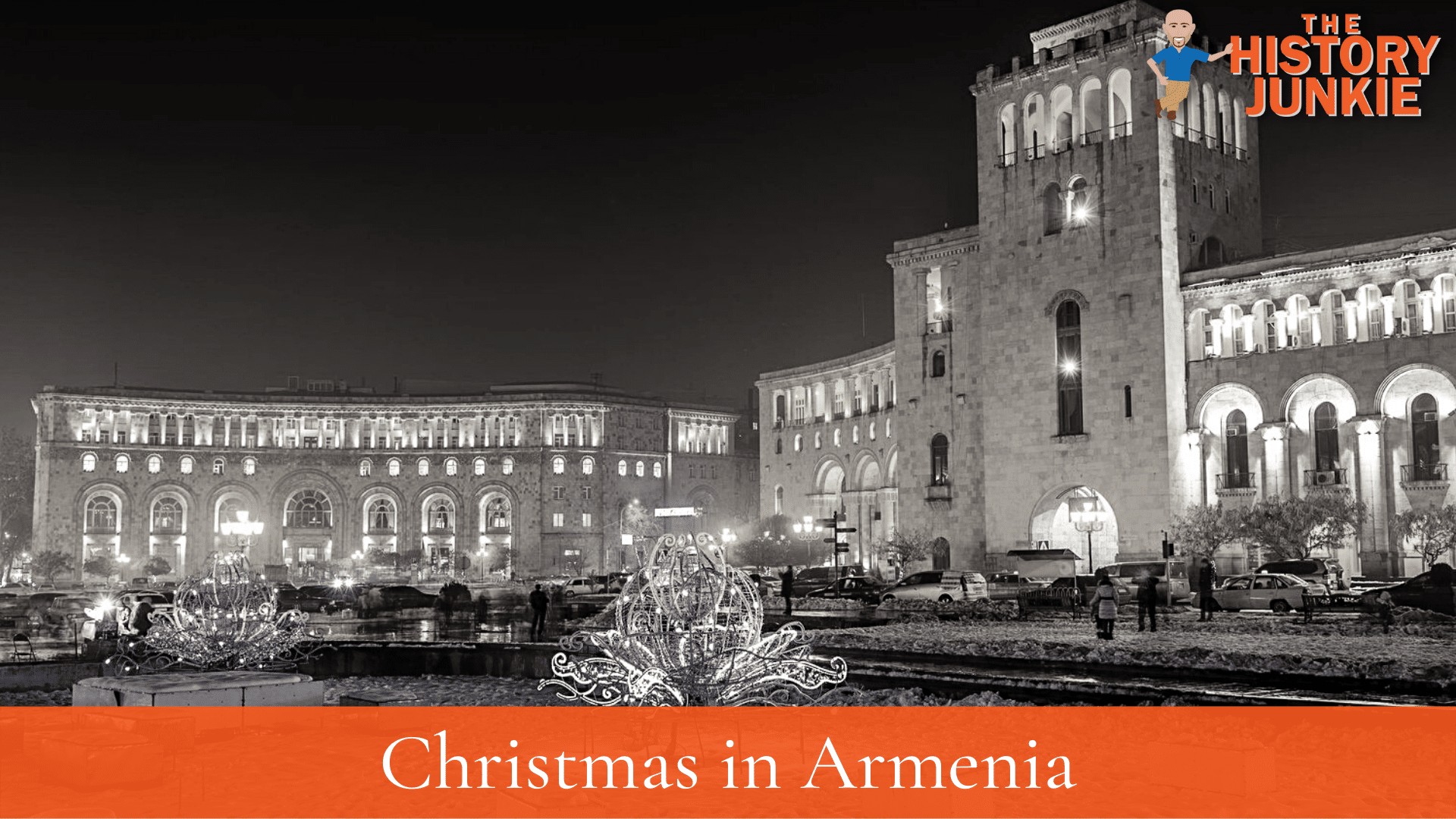Christmas in Armenia is a two-week celebration that begins AFTER the new year.

When most of the Western world is back to work after the holiday season, the Armenians are just getting started.
The Armenian Apostolic Church celebrates Christmas on January 6th, which is also the day that Armenians celebrate Epiphany.
Epiphany is a celebration of the revelation of Jesus as God's son and also remembers the Wise Men and even the Baptism of Jesus.
Basically, the holiday is All about Jesus!
Christmas Eve Traditions
Many Armenians will participate in fasting the week prior to Christmas. This is in recognition of the birth of Jesus and also sets the stage for a Christmas Eve meal called khetum, which is eaten after the Christmas Eve service.
Hand cymbals and the human voice are the only music at the Coptic Orthodox Christmas service. As in the days of old, women and men sit in separate sections. Incense clouds waft across shafts of sunlight that set gold-plated icons aglow on vaulted apses in the church.
Following the service, the children then go onto the roofs of their homes with handkerchiefs and sing carols.
Adults fill the handkerchiefs with presents of raisins or fried wheat and money.
After the festivities, they head home to enjoy dinner.
This meal is a light meal, which is easy on the stomach and eases the body into solid foods after a week of fasting.
According to Food Heritage, the meal consists of the following:
Christmas Eve dinner (January 5th) includes traditional dishes such as tanapur or spas (yogurt and wheat/barley soup, fish which is the symbol of Christianity, nevik (Swiss chard and chickpeas), dried fruits and nuts, desserts like sharots (whole shelled walnuts threaded on a string and encased in grape jelly) and anoushabour (pudding made from wheat, berries, and apricots) and of course wine. The recipes may vary among families and regions.
The following day on Christmas, the meal is more rich and consists of:
On Christmas day, other traditional Armenian dishes will be prepared for dinners, such as itch (bulgur salad, also known as Armenian tabbouleh), sou boreg, stuffed carrots, soujouk, and basterma (two types of sausages), and mezze, etc. Lebanese Armenians may add to their dinner table Lebanese food like hommous, tabbouleh, and others.
Conclusion
Christmas in Armenia is a bit different than the traditional Christmas that many in the world celebrate.
The main difference is the day that it is celebrated, but most of the traditions are the same. They have Christmas lights, and Santa Claus even shows up!
Santa Claus is known as Gaghant Baba and visits all the children in Armenia on December 31st.
